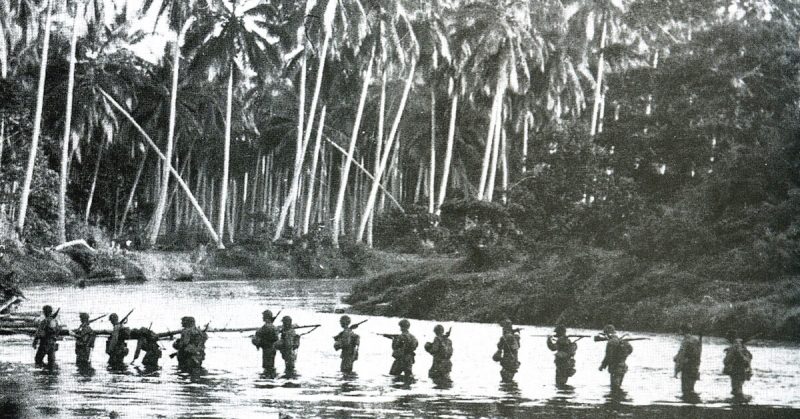When many are looking to combine their love of war history with a tropical getaway destination, they head straight for Hawaii. However, do not miss out on all the great opportunities the Solomon Islands offer. These islands were the setting for crucial battles during World War II, and evidence of these can still be seen today.
However, do not miss out on all the great opportunities the Solomon Islands offer. These islands were the setting for crucial battles during World War II, and evidence of these can still be seen today.
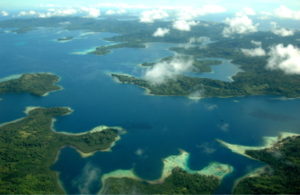
The Guadalcanal Campaign
Where the Guadalcanal Campaign took place (also known as the Battle of Guadalcanal) is the most obvious place to start. It was the first instance that the Allied forces took a large offensive stance against the Japanese.
The Allied forces landed on the island August 7, 1942, as well as several other Solomon islands. They overwhelmed the Japanese there, capturing the islands and an airfield.
Three large on-land battles took place, as well as seven naval battles. There were almost daily aerial battles for the entirety of the campaign, which lasted a little more than six months. The Japanese made one last effort to bomb the taken airfield but were unsuccessful. Eventually, they abandoned the cause and evacuated any remaining troops.
It was a significant Allied victory in the Pacific, considered second only to the Battle of Midway.
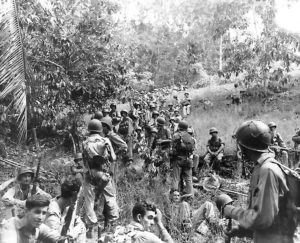
Solomon Islands Relic Museums
Today, visitors can explore the battle sites, as well as visit several other famous spots both on Guadalcanal and other islands. On New Georgia, can be seen a collection of found relics, from weaponry and ammunition to personal items. This private collection is unofficially named the Peter Joseph WWII Museum and is an outdoor display of many small items, like dog tags and helmets.
The Vilu War Museum is an open-air museum as well but focuses on larger equipment. In addition to the memorials to the American, Japanese, Australian, New Zealand and Fijian deceased, there are four Japanese field guns and remains of U.S. and Japanese aircraft, such as a Betty bomber, Lighting fighter, and Wildcat fighter.
Another relic museum is found in the Betikama School, where one of their most notable items on display is a P-400 Airacobra fighter plane.
Sites To See With A Local Guide
The Guadalcanal American Memorial is the most well kept World War II Memorial in the Solomon Islands.
Any of these sites can be visited with the help of local guides. While anyone can visit by themselves, the locals usually have an interesting tidbit or fun fact to share regarding the area’s history in relation to the memorial.
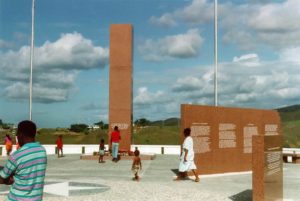
It is also possible to snorkel to some of the most interesting war-related spots, as many World War II relics are submerged in the surrounding oceans. These include shot-down planes, sunken submarines, and oil tankers.
There are a variety of dives that are accessible to newbie snorkelers, while others are for more advanced divers with some experience under their belt. If snorkeling is not your style, you can sometimes persuade a local to show you the U.S. Command Post Caves, built into coral ridges and containing five rooms.
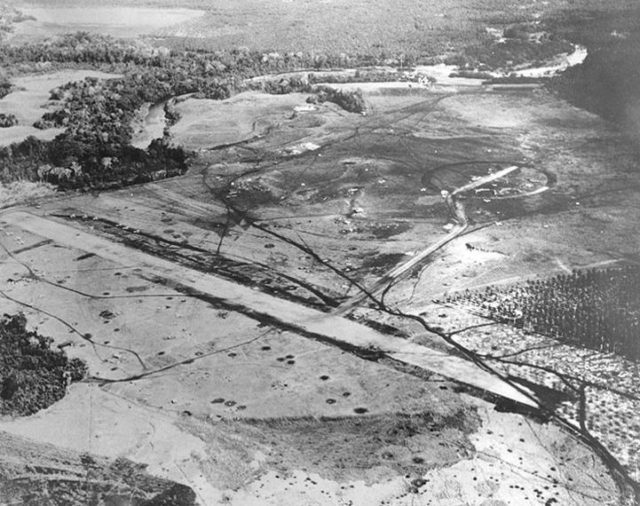
Some historical spots are closer to hand. The airport features the same airfield which the Japanese and American troops fought over, and the city of Honiara is built right on top of the battlefield.
